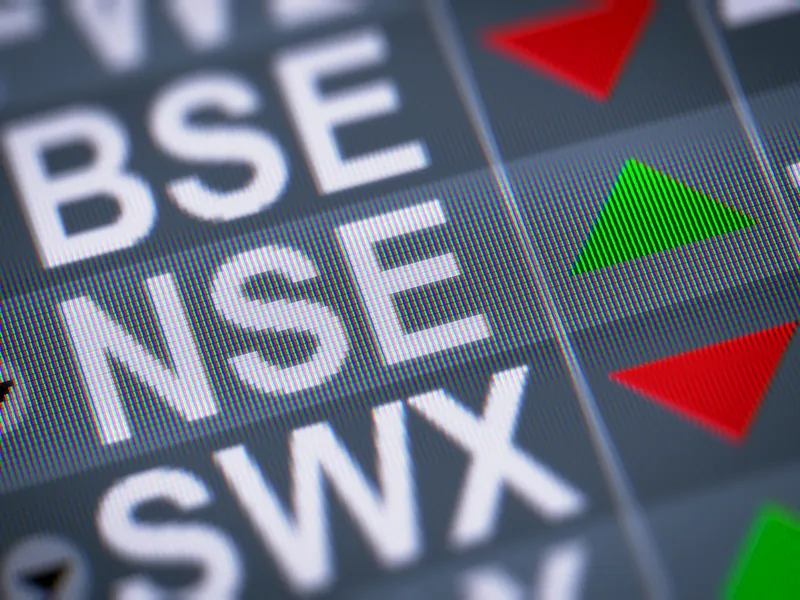Indian Stock Market Overview: BSE, NSE, Indexes & Investments
India, with its rapidly growing economy and thriving capital markets, has emerged as a key player in the global financial landscape. On January 22, 2024, India’s stock market capitalization surpassed Hong Kong’s for the first time, reaching $4.33 trillion, according to Bloomberg data. This milestone highlights India’s expanding financial market and increasing global investor interest.
The Bombay Stock Exchange (BSE) and the National Stock Exchange (NSE)
The Indian stock market operates primarily through two major exchanges: the Bombay Stock Exchange (BSE) and the National Stock Exchange (NSE). The BSE, established in 1875, is the oldest stock exchange in India and one of the oldest in the world. The NSE, founded in 1992, began trading in 1994 and has since become the largest exchange in India in terms of volume.
As of January 30, 2024, the BSE had 5,315 listed firms, while the NSE had 2,266 listed companies as of December 31, 2023. Despite the differences in the number of listed firms, both exchanges share similar trading mechanisms, hours, and settlement processes. Almost all major Indian companies are listed on both exchanges, ensuring liquidity and accessibility for investors.
Trading Mechanism and Settlement Process
Trading on the Indian stock exchanges follows an order-driven electronic limit order book system. There are no market makers, and all transactions are executed by matching the best available buy and sell orders. This approach enhances transparency by displaying all buy and sell orders within the trading system.
Institutional investors can use Direct Market Access (DMA), allowing them to place orders directly into the exchange’s trading system via broker-provided terminals. Indian equity spot markets follow a T+1 rolling settlement system, meaning that transactions executed on a given day are settled the next business day. Trading hours run from 9:15 a.m. to 3:30 p.m. (IST), Monday through Friday. All transactions are conducted in dematerialized form, with the clearing houses of each exchange assuming settlement risk as central counterparties.
Key Market Indexes: Sensex and Nifty
India’s stock market is tracked primarily by two key indexes: Sensex and Nifty.
- Sensex: Established in 1986, Sensex is the oldest equity market index in India. It includes 30 of the largest and most actively traded stocks on the BSE, offering a snapshot of the overall market performance.
- Nifty 50: Managed by NSE, Nifty was introduced in 1996 and comprises 50 of the most liquid and significant stocks on the exchange. It serves as a benchmark for Indian equities and is widely used by domestic and international investors.
Foreign Investment in Indian Markets
India opened its doors to foreign investments in the 1990s, categorizing them into:
- Foreign Direct Investment (FDI): Investments where foreign entities take an active role in a company’s operations and management.
- Foreign Portfolio Investment (FPI): Investments in Indian equities without direct control over management.
To invest in Indian equities, foreign institutional investors (FIIs) must be registered with SEBI. FIIs include mutual funds, pension funds, sovereign wealth funds, insurance companies, banks, and asset managers. They can also invest in unlisted securities with approval from the Reserve Bank of India (RBI).
The Importance of Community Support
The Indian government sets FDI limits for different sectors, determining the extent of foreign investment allowed. For portfolio investments, SEBI mandates that:
- An individual FII cannot invest more than 10% in a single company.
- The total foreign investment limit is capped at 24% but can be increased to 30% with shareholder approval.
- FIIs are permitted to invest 100% of their portfolios in debt securities.
Investment Avenues for Foreign Entities
Foreign investors can gain exposure to Indian stocks through various instruments:
- Participatory Notes (PNs): Offshore instruments issued by FIIs representing underlying Indian stocks.
- Depository Receipts: American Depository Receipts (ADRs) and Global Depository Receipts (GDRs) allow investment in Indian companies via foreign exchanges.
- Exchange-Traded Funds (ETFs) and Notes (ETNs): India-focused ETFs invest in indices of Indian stocks, such as iShares MSCI India ETF (INDA) and WisdomTree India Earnings Fund (EPI).
Common Investor Questions
What is the main stock market in India?
- The Bombay Stock Exchange (BSE) is the main stock market, with 5,315 listed firms as of 2024.
What is the largest company in the Indian stock market?
- As of January 30, 2024, Reliance Industries was the largest publicly traded company in India, with a market capitalization exceeding $229 billion.
Can Americans invest in the Indian stock market?
- Yes, U.S. investors can participate through ETFs, ADRs, and PNs, providing exposure to Indian equities via regulated financial instruments.
Conclusion
India’s stock market, led by the BSE and NSE, is a cornerstone of the country’s financial ecosystem. With robust regulatory oversight by SEBI, increasing foreign investment participation, and a growing economic footprint, India continues to be an attractive destination for global investors. The benchmark indexes, Sensex and Nifty, serve as critical indicators of market performance, reflecting the strength and resilience of India’s capital markets.
🔍 Get more insights into the evolving AI and tech landscape with MINTALPHAA.
🎙️ Stay updated on the latest crypto and tech trends through our Spotify podcast.
